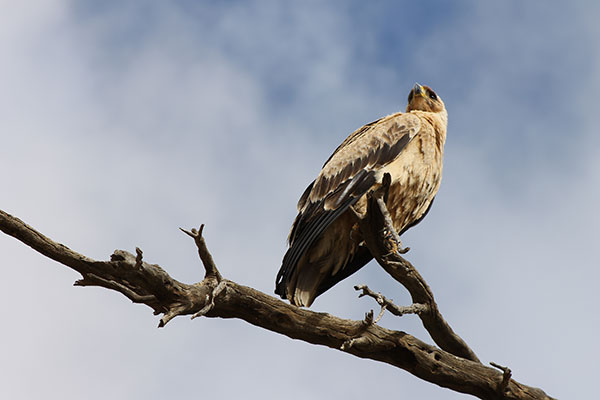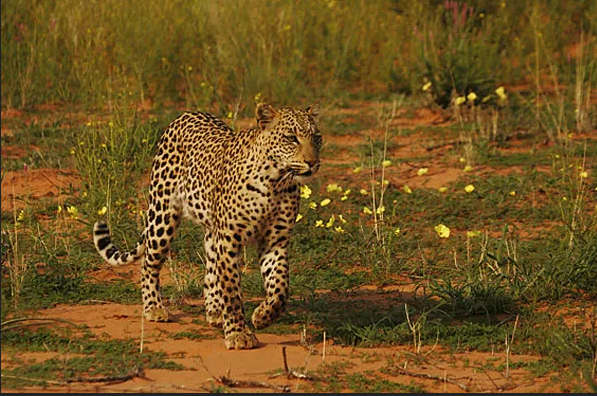Ta Shebube
History
The Kalahari Gemsbok National Park in South Africa was established in July 1931 mainly to protect the migrating game, especially the gemsbok, from poaching. After World War 1, several farmers settled along the Auob and Nossob Rivers. However, these farmers struggled to make a comfortable living from their farms due to the harsh environment.
The settlers therefore took to hunting and they, together with the biltong hunters from further afield, ensured a gradual decline in game year after year. Prior to establishing the park most of the privately owned farms were purchased and the people were moved to an area south of the newly established park. Seven years later in 1938 the Botswana Gemsbok National Park was proclaimed by what was then called Bechuanaland. The same year the farmers on the Botswana side, 84 families with more than 5000 head of stock were told to resettle to the area south of the park. The ruins of an old dwelling and several graves are still located at Rooiputs. Mabuasehube Game Reserve was established in 1971 and was incorporated into Gembok National Park in 1992.
“The Kgalagadi Transfrontier Park contains the Kalahari Gemsbok National Park in South Africa and the Gemsbok National Park in Botswana. This vast wilderness of approximately 38,000 km² is a protected area where the boundary between the two countries has no physical barriers. This allows for free movement of animals along ancient migration routes that is so necessary for the survival in the harsh desert environment.”
In 1948 an informal verbal agreement was made between the then Bechuanaland Protectorate and the Union of South Africa to set up a conservation area in the adjacent areas of the two countries. In June 1992 representatives from the South African National Parks Board (now SANParks) and the Department of Wildlife and National Parks (DWNP) of Botswana set up a joint management committee to manage the area as a single ecological unit. A management plan was drafted, reviewed, and approved in 1997.
The parties agreed to cooperate in tourism and share equally in park entrance fees. On 7 April 1999, Botswana and South Africa signed a historic bilateral agreement whereby both countries undertook to manage their neighbouring national parks as a single ecological unit. The boundary between the two parks has no physical barriers, although it is also the international border between the two countries. On 12 May 2000, President Festus Mogae of Botswana and President Thabo Mbeki of South Africa formally launched Southern Africa’s first peace park, the Kgalagadi Transfrontier Park.


